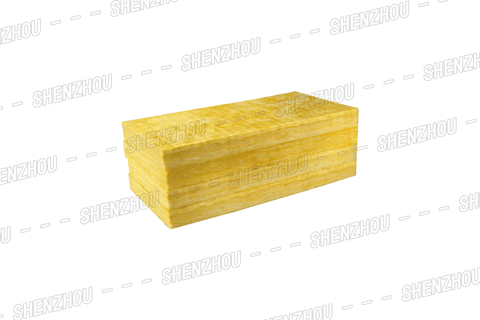
The difference between aluminum foil glass wool and ordinary glass wool
6/5/20245 min read

Aluminum foil glass wool and ordinary glass wool, as two widely used insulation materials in the construction and industrial fields, have significant differences in performance, application, and cost. Next, we will delve into the differences between these two materials in order to better understand their respective characteristics and applicable scenarios.
Categories
Popular
Applications of Glass Wool Board:
Interior Wall Compartments:
Enhances the functionality and aesthetics of interior spaces.
Ceiling Systems:
Provides effective insulation for ceilings, contributing to energy efficiency.
Insulation of Iron Sheet Air Ducts or Bellows:
Ideal for insulating ductwork, ensuring thermal efficiency.
Sound Absorption and Noise Reduction:
Reduces noise levels in machine rooms, creating a quieter working environment.
Exterior Wall Insulation:
Offers insulation for residential building exteriors, contributing to energy savings.
Glass Wool Insulation





Firstly, in terms of insulation effect, aluminum foil glass wool has better insulation performance than ordinary glass wool. This is due to the aluminum foil layer in the aluminum foil glass wool, which can effectively reflect some of the heat and thus play a role in insulation. In addition, the high thermal conductivity of aluminum foil can quickly transfer heat to the outside, enhancing the insulation effect. Therefore, in places that require efficient insulation, such as cold storage, workshops, etc., aluminum foil glass wool is often the preferred material.
Secondly, moisture resistance is another major advantage of aluminum foil glass wool. Ordinary glass wool is prone to moisture in humid environments, resulting in a decrease in insulation effectiveness. The aluminum foil covering layer of aluminum foil glass wool can effectively prevent water infiltration, keep the cotton dry, and ensure the durability of the insulation effect. This feature makes aluminum foil glass wool have better application effects in environments with high humidity.
In addition, aluminum foil glass wool also performs well in terms of fire resistance. Glass wool itself has good high-temperature resistance and is not easy to burn. When aluminum foil encounters fire, it will form a dense alumina layer, further blocking the spread of the fire. This dual fire prevention mechanism greatly improves the fire resistance level of aluminum foil glass wool, making it more advantageous in places that require high fire protection requirements.
However, ordinary glass wool also has its unique advantages in certain aspects. For example, the manufacturing cost of ordinary glass wool is relatively low, so in some situations where insulation requirements are not particularly high and budget is limited, ordinary glass wool still has a certain market competitiveness. In addition, ordinary glass wool has good acoustic performance, which can effectively absorb and block the propagation of sound waves, and reduce the impact of noise on the indoor environment. This feature makes ordinary glass wool widely used in public places or industrial areas that require noise reduction.
In addition to the main differences mentioned above, there are also certain differences between aluminum foil glass wool and ordinary glass wool in terms of appearance, installation method, and environmental performance. The appearance of aluminum foil glass wool presents a silver white luster, while ordinary glass wool appears light yellow or white. In terms of installation method, aluminum foil glass wool usually needs to be installed outside the insulation layer due to its moisture-proof, fireproof and other characteristics; Ordinary glass wool can be installed internally or externally according to specific needs. In terms of environmental performance, both materials belong to inorganic insulation materials and do not contain harmful substances, meeting environmental requirements.
In summary, there are significant differences between aluminum foil glass wool and ordinary glass wool in terms of insulation effect, moisture resistance, fire resistance, and cost. When choosing to use it, it is necessary to weigh the specific situation and needs. In situations where high performance requirements such as efficient insulation, moisture resistance, and fire prevention are required, aluminum foil glass wool is a better choice; In situations where insulation requirements are not particularly high, budget is limited, or noise reduction is required, ordinary glass wool has more advantages. At the same time, we should also pay attention to the appearance, installation method, and environmental performance of materials to ensure the selection of the most suitable materials to meet practical application needs.

Why Choose SHENZHOU Glass Wool Board?
SHENZHOU® Glass Wool Board not only meets the essential requirements of thermal insulation but also excels in sound absorption and noise reduction. Its adaptability to various settings, coupled with the convenience of construction and installation, positions it as a leading choice for architects, builders, and contractors.
In conclusion, the broad application prospects of SHENZHOU® Glass Wool Board make it a comprehensive solution for enhancing comfort, energy efficiency, and acoustic performance across diverse projects. Choose SHENZHOU® for insulation solutions that go beyond expectations.










About Us
Click the button below to get more information about us
Newsletter
Click to subscribe for more information
Follow Us
Contact Us
Address
Dacheng town, Langfang City, Hebei province, China
Phone
+86 185 03165 626


